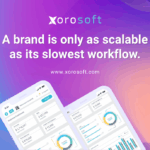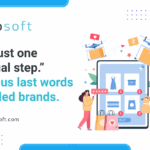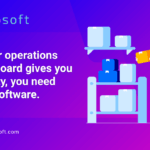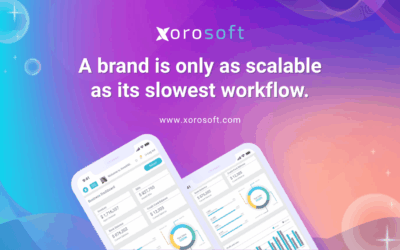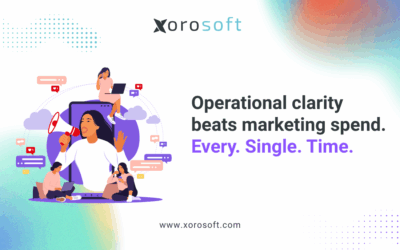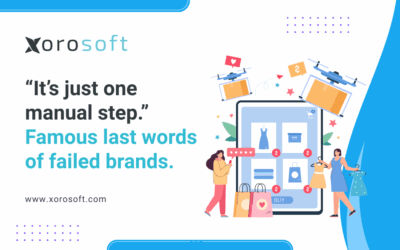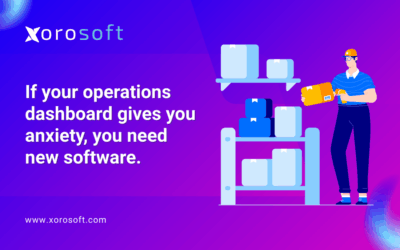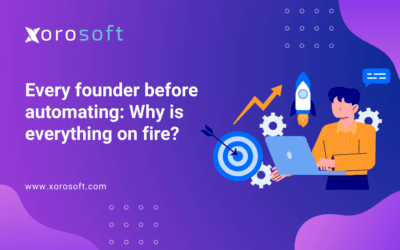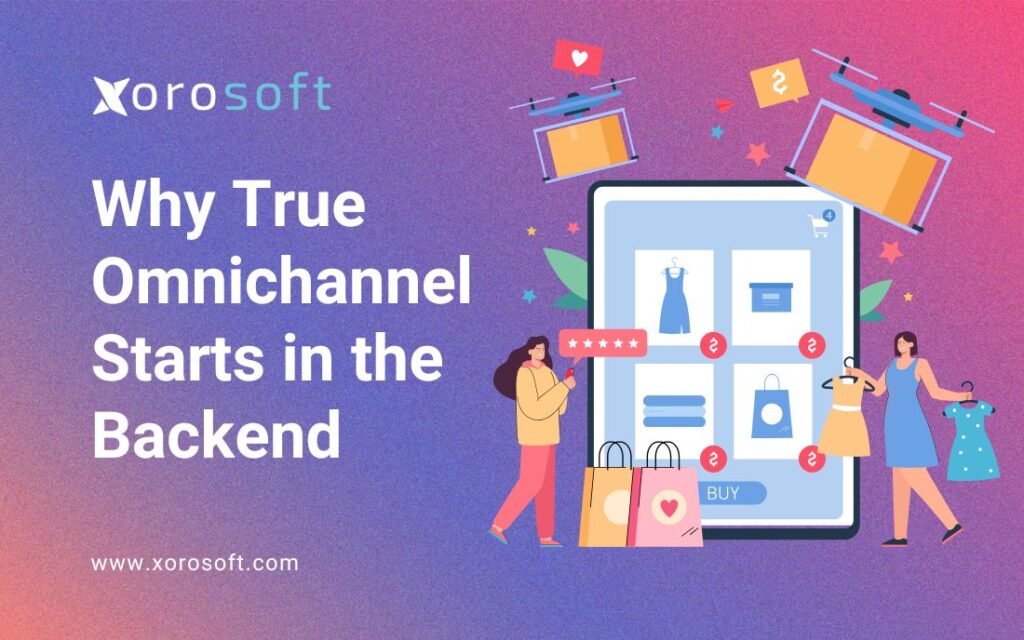
Growing Pains No One Warns You About
Every scaling business dreams of dominating Shopify, Amazon, retail stores, and wholesale channels at once. But unless you have the right omnichannel ERP system, those dreams turn into backend nightmares.
If you’re using disconnected tools to manage orders, inventory, and accounting, you’re not building an omnichannel brand. You’re building a ticking time bomb. And the reality is: without a true omnichannel ERP system, your growth will collapse under the weight of its own complexity.
Before customers notice errors or delays, your backend is already overloaded—trying to sync platforms, reconcile inventory, and close the books with data scattered across five apps.
Why You Need an Omnichannel ERP System
Let’s say you add Amazon as a new sales channel. Orders roll in. But your inventory only syncs with Shopify. Suddenly, stockouts become routine. Your warehouse team picks from phantom inventory, and customer service starts issuing apologies instead of tracking numbers.
Or, your retail store sells the last unit of an item already ordered online. You manually cancel orders, issue refunds, and damage your brand in the process.
Even worse, accounting doesn’t align with what your systems show. Payouts from Shopify and Amazon don’t match reports. Fees, taxes, and shipping costs appear in random places. And tax season? It’s a mess of mismatched ledgers and manual corrections.
Because of this, your team ends up spending more time cleaning up issues than focusing on customers. And while this may seem like a temporary hiccup, it often turns into a recurring nightmare that stifles growth.
Why Backend Fragmentation Is the Real Bottleneck
Most businesses start with best intentions—but end up stacking one app after another. You use one platform for orders, another for shipping, a separate tool for inventory, spreadsheets for purchasing, and QuickBooks for accounting.
That patchwork might work when you’re doing 10 orders a day. But what happens when you hit 100? Or 1,000?
Each app operates in a silo. There’s no real-time visibility. Data moves in batches, if it moves at all. The warehouse doesn’t know what sales promised. Finance doesn’t know what the warehouse shipped. And support doesn’t know what’s going on anywhere.
This is the silent killer of scaling businesses: systems that don’t talk to each other.
While you might think adding “just one more plugin” solves the problem, it actually adds another layer of confusion. Eventually, the chaos becomes unmanageable.
That’s why backend unity isn’t optional anymore—it’s essential.
How an Omnichannel ERP System Works Across Channels
A true omnichannel ERP system isn’t just a tool—it’s the engine that powers every part of your business, across every channel. So, what does that look like in practice?
-
Real-time inventory tracking across Shopify, Amazon, retail, and wholesale
-
A centralized order management hub that syncs all platforms seamlessly
-
Warehouse logic that can prioritize fulfillment by location, order size, or channel
-
Built-in shipping and logistics tools that don’t require third-party apps
-
Pricing and tax rules configured once and applied everywhere
-
Integrated accounting that matches payouts, fees, and taxes to the right orders
Instead of trying to force external apps to sync manually, a proper ERP becomes the single source of truth for every department. It doesn’t matter whether an order came through Shopify or a wholesale rep—every team sees the same information, in real time.
When you have that, you stop reacting to problems—and start preventing them.
Why the Old App-Stack Model Is Holding You Back
It’s tempting to stick with what you know: spreadsheets, shipping plugins, order trackers, and cloud accounting. But that approach creates isolated workflows. Each department ends up solving problems in a vacuum—and none of the solutions scale.
Moreover, as customer expectations evolve, so must your infrastructure. Shoppers today expect fast, accurate, and flexible fulfillment across all platforms. If you can’t deliver, they won’t return.
To truly scale, you need to consolidate. That’s where an omnichannel ERP system does more than manage workflows—it transforms them.
With the right ERP, teams collaborate better, data becomes transparent, and your tech stack starts working with you—not against you.
How Xorosoft Powers an Omnichannel ERP System
Xorosoft ERP was built from the ground up to be an all-in-one, cloud-native system that eliminates the fragmentation most businesses struggle with.
Rather than bolt on modules or rely on third-party integrations, Xorosoft provides everything in one place:
-
Cloud-native deployment with real-time sync
-
Built-in WMS for warehouse operations—no plugins needed
-
Seamless Shopify and Amazon integration
-
Real-time order and inventory management
-
Support for multi-location, multi-currency, and multi-channel workflows
-
Native automation for taxes, promotions, shipping, and accounting
-
Detailed reports across fulfillment, sales, and financials
Unlike traditional ERP platforms, Xorosoft is designed for fast-growing businesses that want agility without compromising control.
If you’re looking for a solution that does more than just track numbers and orders, and instead provides real operational clarity, Xorosoft is built for you.
Scaling Without Backend Chaos Is Possible
The key to omnichannel success isn’t found in customer-facing strategies—it’s found deep in your operational core.
When your systems work together, everything improves: fulfillment is faster, customers are happier, finances are cleaner, and your team isn’t buried in manual work.
A disconnected stack slows you down. A centralized omnichannel ERP system gives you speed, clarity, and control.
If you’re tired of putting out fires and ready to build a business that scales with confidence, it’s time to stop patching problems—and start solving them at the root.
→ Discover how Xorosoft can help you scale with a unified backend. Book your demo now.
